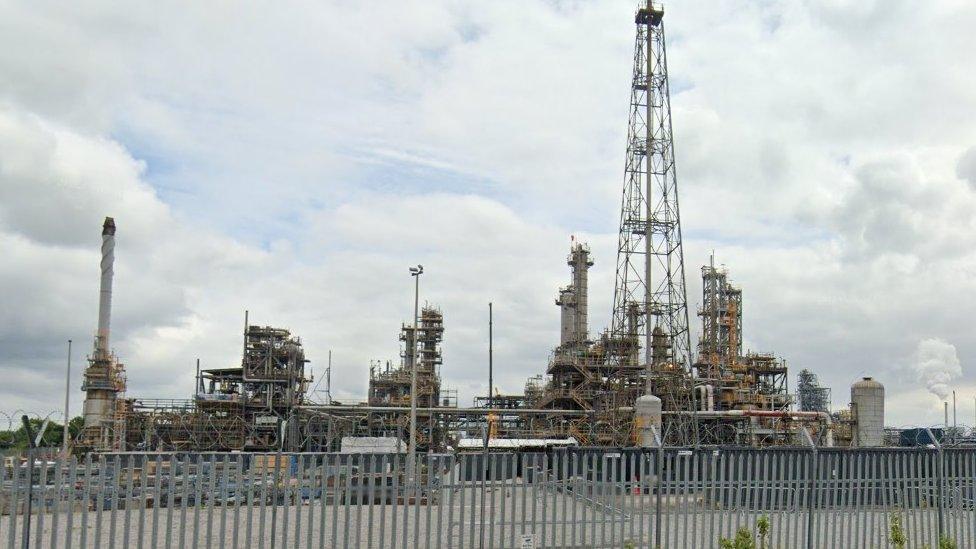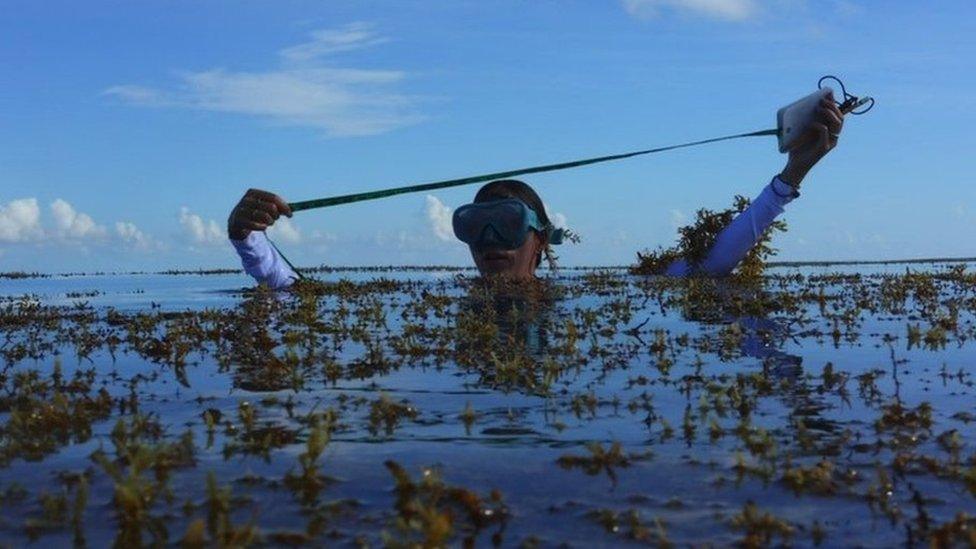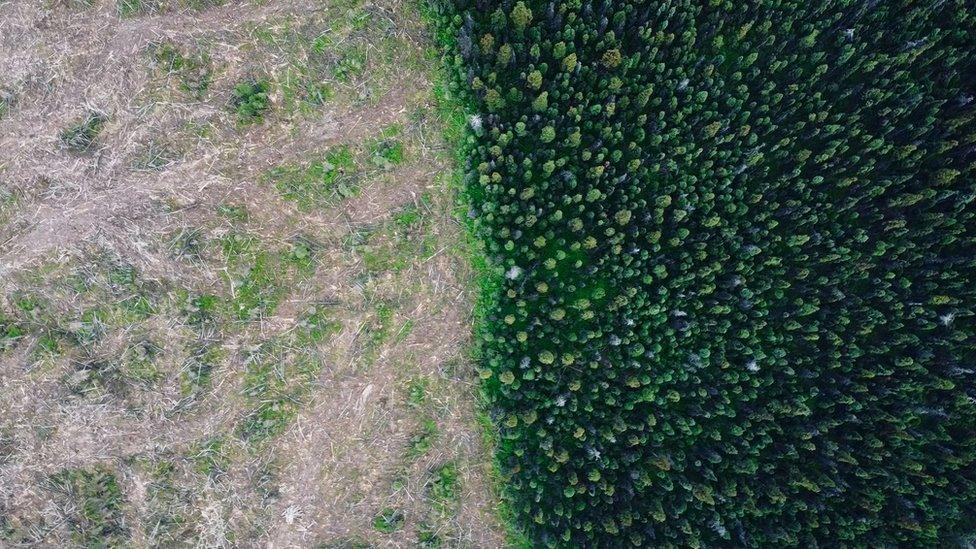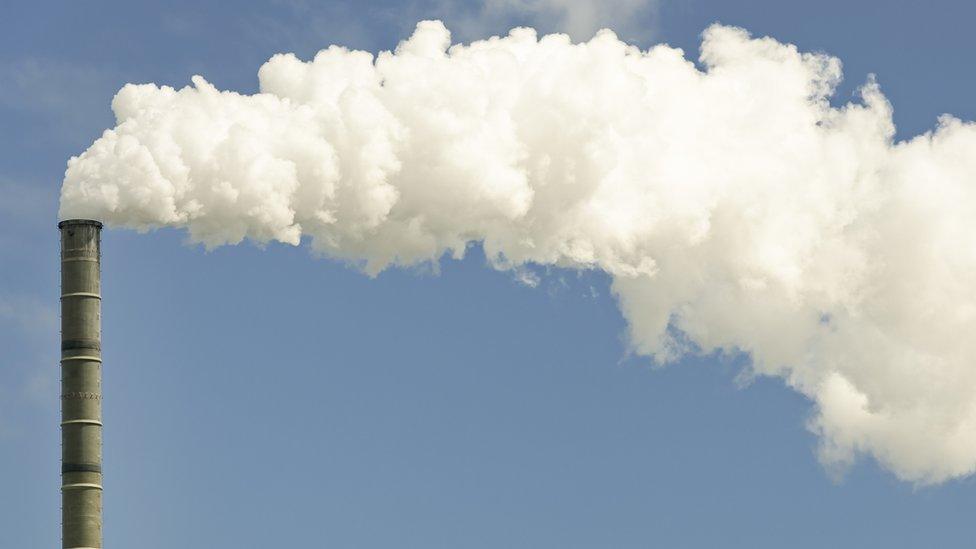Humber: Consultation begins on carbon capture pipeline
- Published

According to National Grid, The Humber region is responsible for producing 12.4 million tonnes of carbon dioxide (CO2) emissions per year
Plans to transport captured carbon dioxide for safe storage in the North Sea have been put out to consultation.
The Humber Low Carbon Pipelines (HLCP) aims to clean up some of the region's biggest industrial emitters.
A second pipeline would transport hydrogen for use as a more environmentally friendly alternative to fossil fuels, National Grid said.
The pipelines would run from Drax in North Yorkshire to Easington on the East Yorkshire coast.
According to National Grid, The Humber region is responsible for producing 12.4 million tonnes of carbon dioxide (CO2) emissions per year.
This means it can play a crucial part in helping the UK to transition to a low-carbon economy and reach its ambitions around net zero by 2050, it said.
"Our proposed project aims to deliver new onshore pipeline infrastructure to transport the captured carbon emissions from the region's industrial emitters for safe storage in the North Sea, and enable industries to fuel-switch from fossil fuels to low-carbon hydrogen," a spokesperson said.
Andy Benjamin, director of carbon capture, usage and storage at National Grid Ventures, said: "This project would provide the critical infrastructure to help protect and create skilled jobs across the Humber and is an important part of the Humber's economic future."
Talking about the consultation, which runs until the 29 November, he added: "It's vital for us to understand what local people think of our plans, and we look forward to meeting communities along the proposed route to share more about the project, answer questions and receive feedback."
The UK government has chosen two sites, around the Humber and Liverpool, to be the first hubs in the UK to develop carbon capture and storage.
The pipeline project also forms part of a wider collaboration - called the East Coast Cluster - which aims to create a common infrastructure in both the Humber and Teesside regions.

Follow BBC Yorkshire on Facebook, external, Twitter, external and Instagram, external. Send your story ideas to yorkslincs.news@bbc.co.uk, external.
- Published16 October 2022

- Published3 October 2022

- Published14 June 2022
